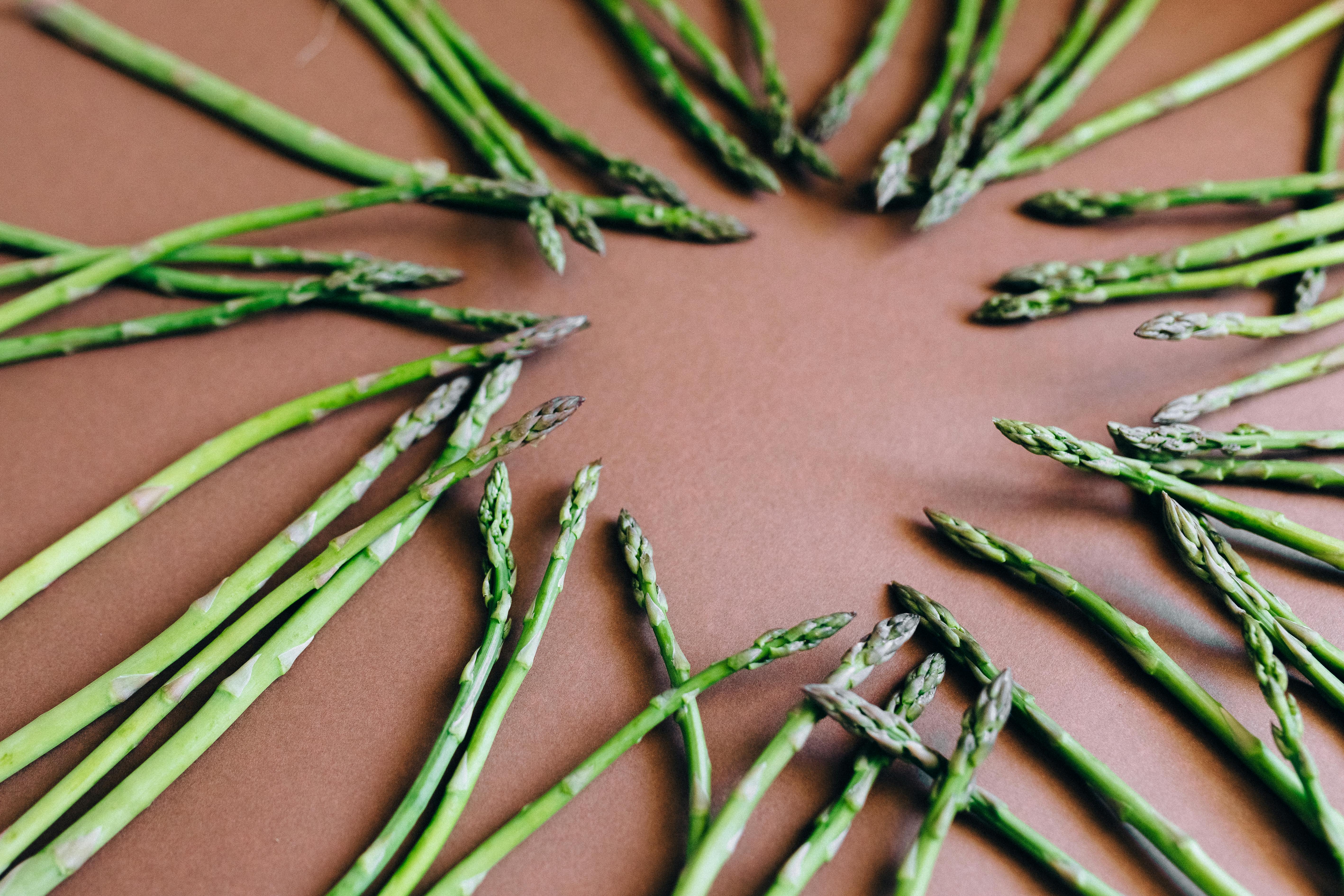What trees are used in the construction of kitchen units?
Various trees are used in the manufacture of kitchen cabinets, both hardwood and softwood. Softwood trees used for kitchen units include softwoods such as pine, cedar, and fir, with pine by far the most popular due to its availability and price. Hardwood trees include oak, ash, beech, birch, and sycamore, with oak being one of the most popular for its strength and durability. More exotic or expensive hardwoods sometimes used include elm, cherry, and mahogany.
Where do these trees come from?
Trees for use in kitchen units and other furniture products generally come from managed forests. Most trees can be sourced ethically from sustainable sources and certification such as that offered by the Forest Stewardship Council (FSC) guarantees that the products are obtained in this way.
Oak is mined from a variety of places and sources, all over the world, but especially in the Americas and Eastern Europe. Both white oak and red oak are grown and harvested in North America and are a popular wood choice for kitchen cabinets. Many other species are also used.
Similarly, trees such as ash, beech and birch are typically sourced from sustainably managed non-tropical forests. Pine is native to the northern hemisphere, and wood for kitchen cabinets can come from a number of places, including Scandinavia and North America.
How are trees cut down and turned into boards?
Tree felling usually takes place in the winter months, because that is when the trees have the least moisture content. Trees that are drier can be more easily and cheaply transported and managed. Older trees are felled while younger trees are left to grow longer and saplings are planted in their place to ensure a continuous supply of wood.
There are two basic ways to fell trees. The first involves skilled workers cutting them down with a chainsaw, either individually or in teams. The second method is to use a type of tractor with parts to cut and grab the trees. This method is used in larger forests and allows hundreds of trees to be harvested in one day.
The trees are then stored in the forest or transported to a sawmill, where they are further processed by cutting them into planks or boards. Trees are first rough-sawn, either by a full method that involves cutting them straight into sections, or by a quarter-sawn method that involves cutting diagonal sections into four quarters and straight sections in between. Then they are more finely serrated, plannedand their circular edges removed to make them straight boards ready to manufacture.
How long do these types of trees take to grow?
The pines grow quickly and are harvested when they are between 25 and 30 years old. At that time they can reach 30 meters in height, although this depends on the species, the health of the trees and the conditions of the site. Sitka fir, another softwood tree, also has a fast growth rate that makes it attractive for logging purposes. It can be mature and ready to fell in 40 years. The rapid growth rate means that softwoods have a high-yield class: average growth in cubic meters per year. For sitka spruce can be 14, while for other exotic softwoods it can be even higher.
By contrast, hardwoods are typically slow growing, take longer to reach harvest maturity, and have a lower yield class. Oaks can take 70 years or more to reach maturity and have a yield class as little as 4.
What about reforestation?
Reforestation is an important part of sustainable forest management. Natural regeneration involves allowing the seeds to fall and set naturally; it is a relatively inexpensive way to manage new growth. As long as a small percentage of the forest regenerates each year, there will be enough tree growth for future timber production.
Where forests have been depleted, more vigorous reforestation may be necessary. For example, there are extensive reforestation programs in China that have increased overall forest cover. Likewise, the forest cover in Canada also shows a constant increase. In certain countries, such as Germany, reforestation is a legal requirement.




